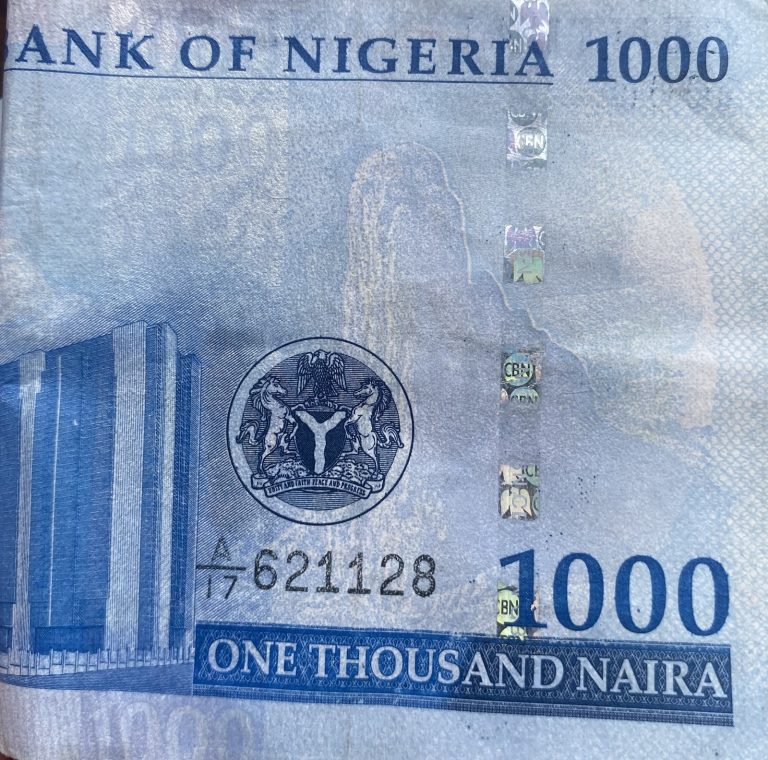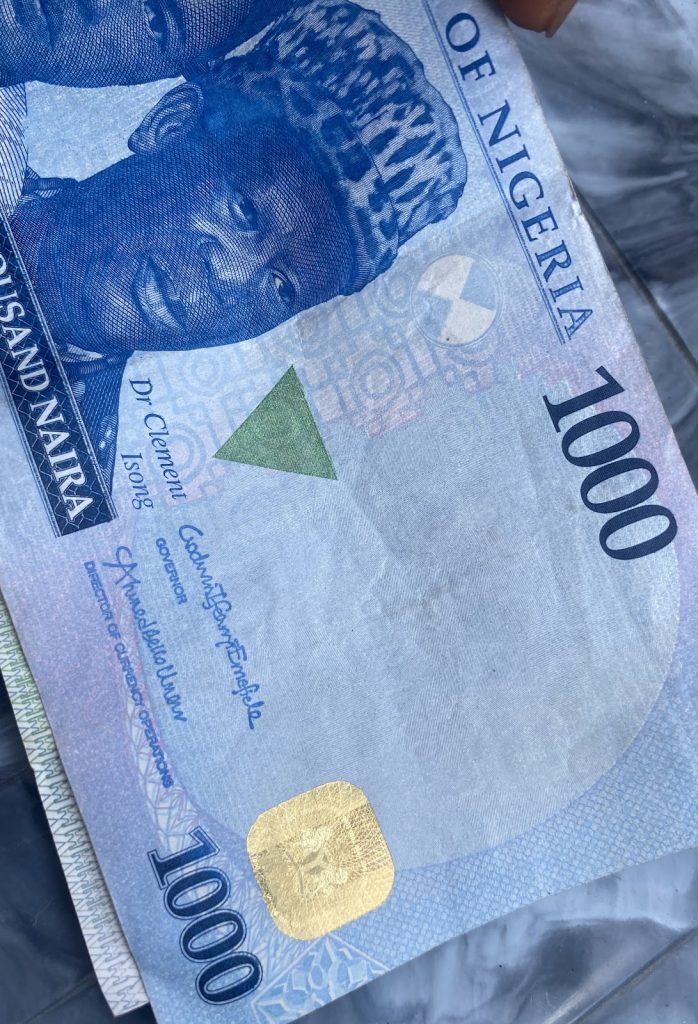On October 26, 2022, Nigeria’s financial regulatory agency, the Central Bank of Nigeria, CBN, announced that it intends to withdraw and redesign the country’s N200, N500, and N1000 notes.
| <<CLICK/TAP HERE>> |
By Ogar Monday / CRW
Godwin Emefiele, the CBN Governor, revealed that the redesign and recall of the old note was, amongst other things, an effort to mop up the N2.72 trillion Naira outside the bank. It also enables the CBN to “have full control of the size of currency in circulation.”
Soon after President Muhammadu Buhari unveiled the notes, many feared that the currency would be easy to imitate and that it would create a bazaar for counterfeit money-makers.
Before the new notes were unveiled, there was a plethora of misinformation about what the new currency looked like. When the new note was finally unveiled and became available as legal tender, there were claims that the cash could wash off. Some people also claim that politicians were printing fake money to be shared during elections, and there are reports of people with fake notes.
With all kinds of narratives about fake notes in circulation, individuals are frantic about losing their hard-earned money. Therefore, here are several ways to identify fake notes.
The Touch Test: Genuine Naira notes have sharp and precise printing that can be easily felt by touch. Fake notes often have dull colors and poor printing quality. The colors may also not match those on genuine notes.
So, if the note you are given is flat and dull, it’s probably fake.
The Serial Number Test: The black serial number on each note transforms to green under ultraviolet light. That is one of the security features introduced to tackle imitation.
 |
| A N1000 note with the serial number on the back |
Also, genuine naira notes have unique serial numbers printed in a specific font. The N1000 note has the serial in the back, while the N200 and N500 have it in front.
Gold Foil Test: In an original N1000 note, there is a gold foil on the right side that cannot be scratched off. Within the gold foil is Nigeria’s coat of arms and 1000 written underneath it.
 |
| A N1000 note with gold foil |
If you receive a note that has no foil or the foil is easily scratched off, the money is fake.
The Ribbon Test: The new Naira notes feature a security thread that appears broken but becomes a continuous line when viewed against the light. This thread appears on the back of the N1000 note, and in the front for both the N200 and N500 notes. It also has the ‘CBN’ letters printed on both sides of the notes in small lettering.
 |
| A part of the new N500 note with the ribbon running through it |
Conclusion
Individuals must be able to identify fake Naira notes to protect themselves from losing money. By examining the physical features, color, printing quality, and serial number, the populace can increase their chances of detecting a phony note.















Post A Comment: